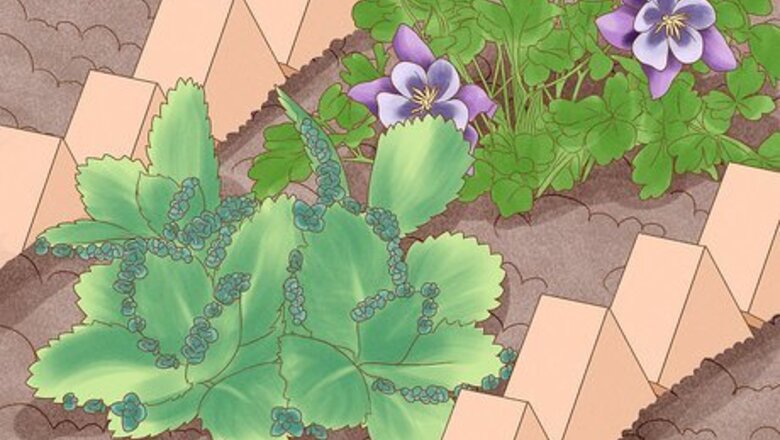
views
X
Research source
The botanical name is Kalanchoe Pinnata and there are lots of variants. The plant grows extensively in the Caribbean and South America as well as Madagascar and the Orient.
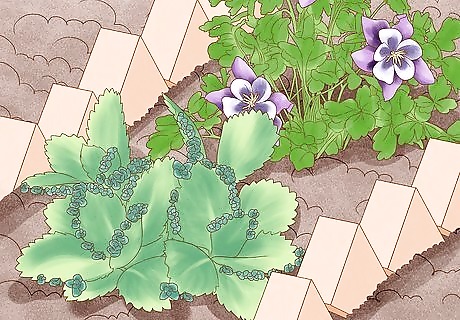
Find a friend or garden with a Mother-of-Thousands plant. You do not need to own a Mother-of-Thousands plant, but you need access to one with plantlets.
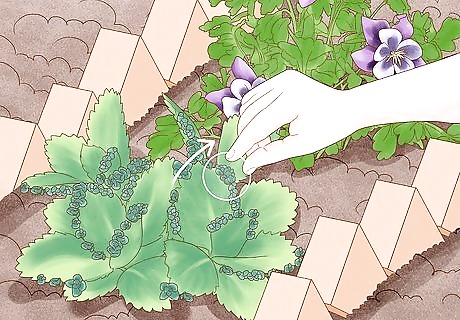
Pick some plantlets. As Mother-of-Thousands grows, small plantlets, similar to buds, grow along the ridges of plant leaves. Take more than one, because the plantlets can easily die. Do not worry about harming the plant itself by taking the plantlets. They all fall off anyway, and the Mother-of-Thousands will have more energy to grow when it does not have to support the plantlets anymore.

Store the plantlets in a plastic bag. Keep them in the bag until you can transplant the plantlets. Don't let them dry up, or they will die.
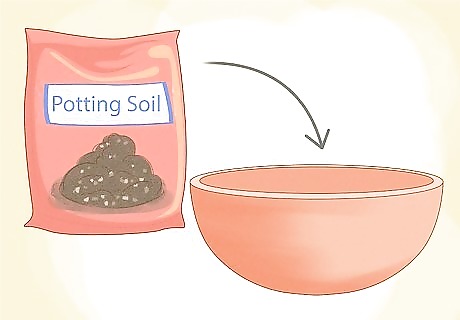
Fill a shallow bowl with potting soil. It does not need to be deep. The roots will not be very deep at first, so a large bowl is not necessary.
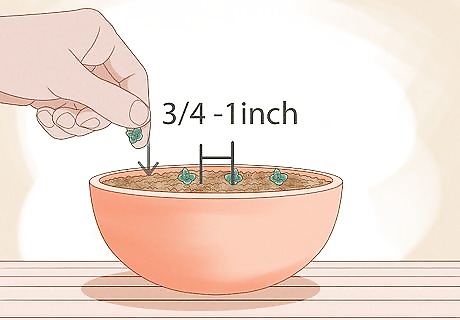
Place the plantlets gently on the surface of the soil, approximately three quarters of an inch (2 centimeters) to one inch (2.5 centimeters) apart. They do not need to be pushed into the soil. Mother-of-Thousands naturally propagates by dropping its plantlets.
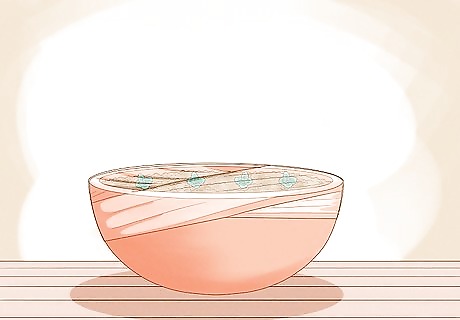
Cover the bowl with plastic wrap. This will help keep moisture in, as well as working as a makeshift greenhouse.

Take the plantlets to a sunny place. Windowsills work wonders, but remember that the more sun the plantlets get, the more attention you will need to give them.
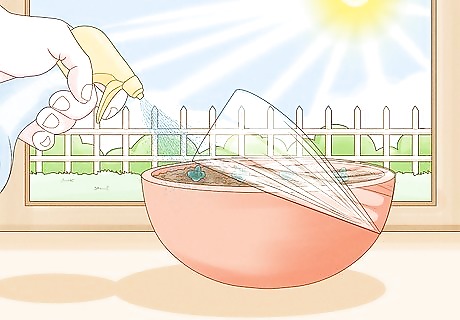
Keep the soil moist, not wet. Mother-of-Thousands is a succulent, which means it does not need much water. It does need moisture to stimulate the growth of roots, though.
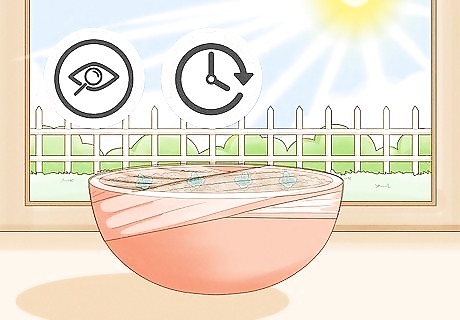
Wait, monitor and observe. Stimulated by the moisture and the soil, the plant grows roots via mitosis of meristematic-type tissue in notches in the leaves. You may start to see small, thin, white roots sprout from the base of the plantlets. Make sure you keep an eye on the moisture and height of the plantlets.
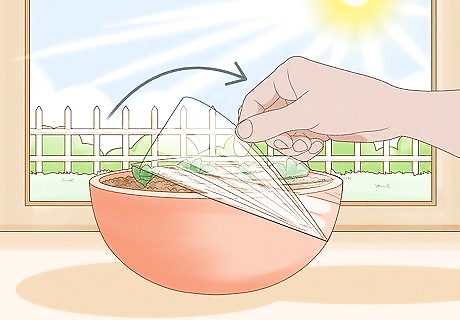
Remove the plastic wrap from the bowl when the plants are too tall for it. They are now ready to stretch for the sun!
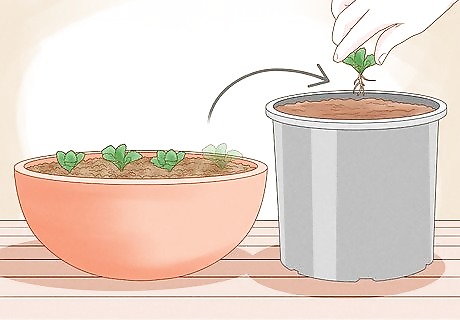
Replant to more appropriate pots or bowls when the plantlets have grown significant roots. You can test the plant lets by gently lifting them. Be careful when doing this; you can damage the small roots if are too rough.
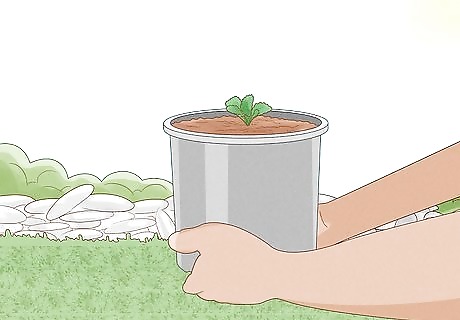
Enjoy your newly-propagated Mother-of-Thousands!
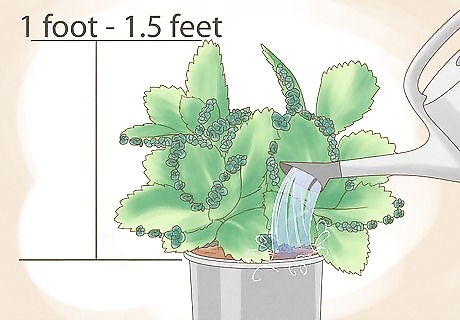
Prepare for the plant to die after it flowers. Unfortunately, some species of Mother-of-Thousands, and their lookalikes can die after blooming small purple-pink flowers late in life. Not all plants will develop these flowers, it happens very sporadically if at all. Their life-span can be extended in preparation for the appearance of flowers by simply watering it less once it grows to about 1 foot (0.3 m) to 1.5 feet (0.5 m). Be careful not to let it get dehydrated, there is a fine line between too much and too little water. If it does look like its life is about to end, simply take a couple of its plantlets and grow a new plant or two.


















Comments
0 comment